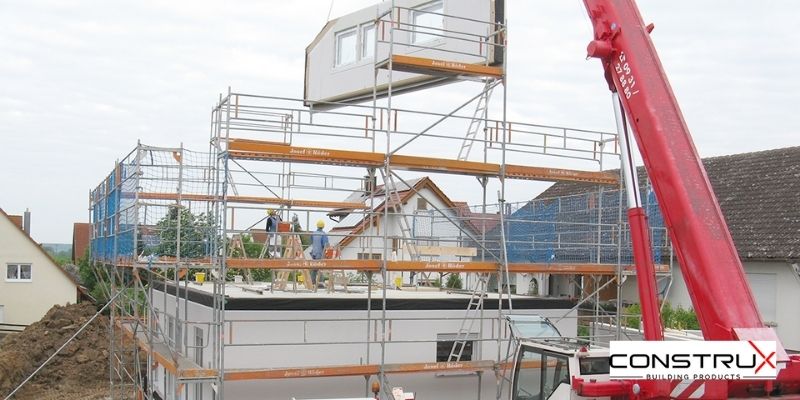
Things You Need To Know About Prefabrication
Prefabrication has been found appealing dating from years ago when as children; we had a wonderful time, playing with Tinker Toys. You can recall this from the restricted components, colored sticks of varying lengths, and wheels made of wooden materials brought into existence an infinite number of toys with a lessened workload.
While although it is true that we are not kids anymore, over the years, the elementary principles of construction have remained the same. One of these beliefs holds that streamlined, accessible, and reliable parts make the construction and building process simpler, faster, and plainer.
Prefabrication is closely related to modular and offsite construction, and it has remained an ever-expanding trend in building and construction over the decades. There are some important reasons for this, and they can be seen in the course of this post.
Defining Prefabrication
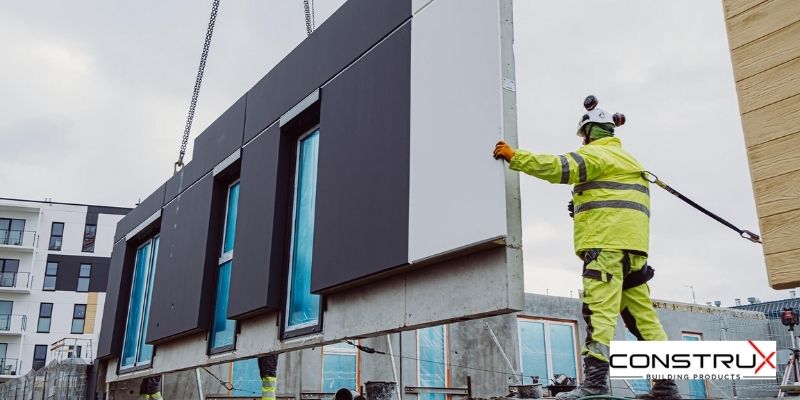
Prefabrication is termed as the act of making building components or building in a different location, supposedly the type of building or its component that serves as a better match to construction.
Construction companies move these building materials to the permanent site once construction is over. Here, they bring the setup to an end and finally hand the buildings over to new owners.
Generally, prefabrication is a process by which some building structures are produced somewhere off-site but transferred and set up on-site.
Offsite constructions are uncertain as to how building components manufactured there inevitably come together. They might be piecemeal, modular, or manufactured.
A Brief History Of Prefabrication
Prefabrication has its origins in ancient England in the contemporary age of hospitality. While being talked about respectably and excitingly over the past years, off-site construction is a common concept and has stood the test of time; it has been around for a very long time.
In England, around 3,800 BCE ago, the oldest and most notorious engineered roadway known as the Sweet Track was built with prefabricated beam rafter sections that were assembled at the site instead of being created there.
Another example is the Crystal Palace in London. Large sheet glass prefabrications were included in its construction and made the palace possible here. By using these large sheets, builders and architects manufactured a fascinating, sweeping glass formation to house a world-class exhibition.
However, it was reported that damage due to unforeseen happenings had occurred and swept everything under the carpet. The incident was a fire disaster. Even though this had happened, the fabrication is still remarkable for its good trend.
In large commercial projects, prefabrications have also played vital roles. For example, the Marriott Hotel’s groundbreaking, Suites in Folsom and 97-room Folsom, California. Both the bathrooms and guest rooms were constructed offsite.
Prefabrication: Why It Is Buzz Worthy
Prefabrications are so significant to the level that they are seen as more than a passing trend. Modular construction has increased in steady popularity used for residential constructions.
Since modern constructions find it satisfiable, it can be agreed that prefabrication is already established in the construction industry and it may remain that way. Prefabrications contribute to more timesaving and less expensive promises in an advertised building globe.
How Fabrication Currently Works
In today’s contemporary age, prefabrications is an overall term that involves the practice of putting together various kinds of structural devices at manufacturing off-site and transferring the assembled components to an onsite after completion.
Therefore, prefabrications are most often used with civil engineering and building. Here, the prefabrication of steel and concrete sections is repeated multiple times in a construction plan.
The Benefits of Prefabrication
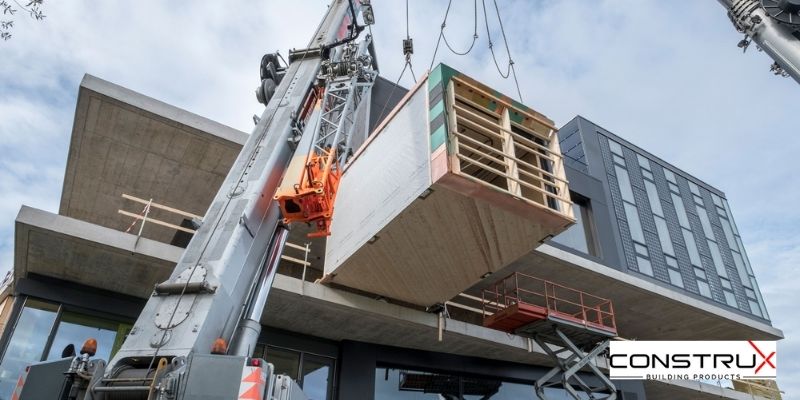
Cost-effectiveness
It costs less to move partial assemblies from a factory than transporting pre-production materials to every site. Plus, as labor productivity rises, costs associated with personnel fall.
It Decreases the Shortage in Labor
Contractors find it challenging to get jobs now and then even though whether or not there are jobs for them to do, construction will still take place at any time there is a need. During the process of on-site when construction ranks higher than piecemeal deals, it is likely that the supply of labor will also be decreased.
With prefabrication, labor is not only reduced but construction companies will quicken their timeline and speed up onsite labor. This helps in the increase of productivity and more competition in the market.
It is Time-saving
It is possible for a modular building can be 50 percent more than regular construction; it is easy to start a project and finish it as quickly as you can.
This helps contractors to reach faster returns on any investment, especially civil projects that can be climate-dependent. During rainy days, time is an important factor, and with prefabrications, tighter timelines can be achieved.
Quality control
With prefabrications, factory tools will produce added value assurance as compared with constructions that are often repeated on-site.
More so, the regularity of internal surroundings in factories can get rid of most weather problems affecting production. On the other hand, the assembly process and construction can boost an entire offsite safety.
Very Little Impact on the Environment
Constructing pieces of building devices can give a complete offsite result in decreasing the rate of disturbance of job sites and pollution. This alone can keep nearby areas or wetlands protected by reducing the disruption brought about by local fauna and flora.
The dictated, dry area of modular construction reduces the usage of water and can allow scraps and other significant materials to be reused. Also, by having a lessened on-site bargain and modernized transportation, there is a reduction in the consumption of fossil fuel.
Conclusion
Prefabrication has been around for a long time. It has led to taking a building course at college, bringing the possibilities of prefabrications into existence.
The benefits of prefabrications are not to be doubted, from cost reduction to time-saving and more. Over the years, building contractors have combined this expanding attempt with new invention methods.
You do not have to hold back in a contemporary age when it is good to embrace prefabrications with an open arm. Jump on board and begin to enjoy the benefits of prefabrication, and you are bound to experience more cost savings, productivity, time management, quality control, environmental protection, and labor shortage.
Tags :



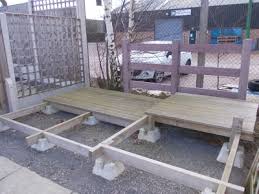
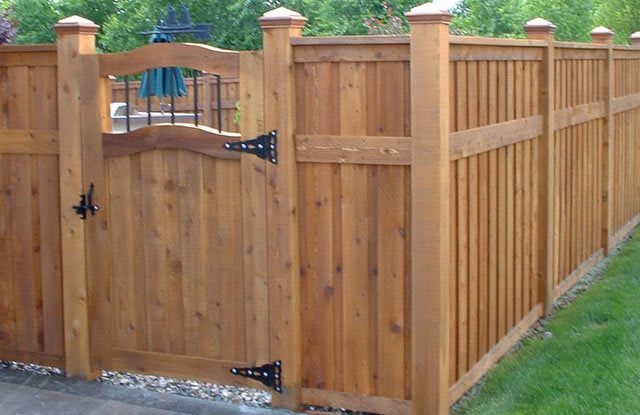


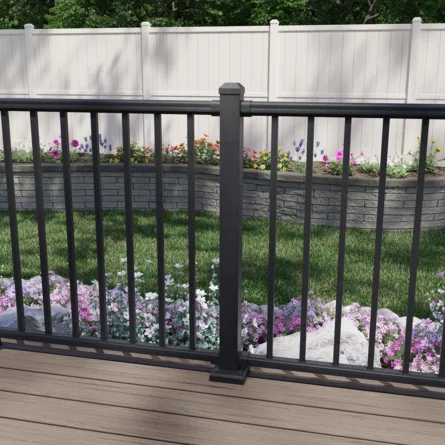
COMMENTS